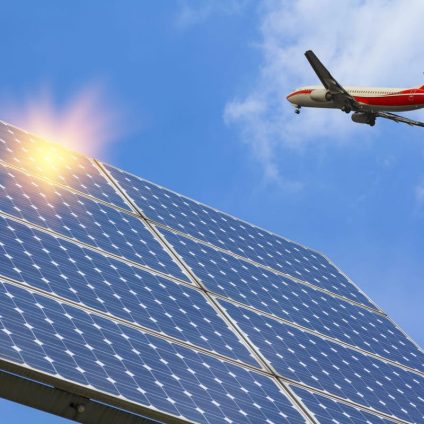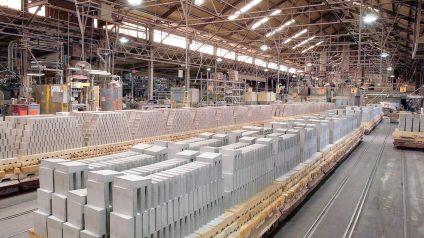A study by the Boston University Institute for Global Sustainability compares construction costs and delays in global energy projects: solar outperforms nuclear, hydrogen, and CCS in economic and timeline reliability.

Large-scale nuclear and hydrogen projects face growing risks
By 2050, global investment in zero-emission energy infrastructure is expected to exceed $100 trillion. But a new study published in Energy Research & Social Science warns that a large portion of these projects suffer from significant cost overruns and construction delays. Conducted by the Boston University Institute for Global Sustainability (IGS), the analysis examined 662 energy infrastructure projects carried out between 1936 and 2024 across 83 countries, representing a total value of $1.358 trillion.
Nuclear and hydrogen: costs and delays out of control
The comparative analysis reveals that, on average, global energy projects cost 40% more than planned and take nearly two additional years to complete. Nuclear energy infrastructure shows the most severe deviations. The reviewed nuclear plants experienced average cost overruns of 102.5%, or $1.56 billion, along with extreme delays.
Meanwhile, Italy continues to debate whether to build new nuclear power plants. Speaking at the Festival of the Regions in Venice, Italy’s Minister of Environment and Energy Security, Gilberto Pichetto Fratin, ruled out the construction of large nuclear facilities in the near term. “Right now, it makes no sense to talk about that,” he stated. “We’re working to provide Italy with a legal framework, so that when small reactors become available, decision-makers can evaluate them based on safety, emissions, and economic feasibility. I don’t see large plants in our future.”
Emerging technologies such as hydrogen and carbon capture and storage (CCS) also present high risks, with performance levels similar to gas-fired power stations. “These findings raise a legitimate concern about the real feasibility of building a hydrogen economy in time,” says Benjamin Sovacool, director of IGS and lead author of the study.
Modular energy infrastructure: lower risk, higher efficiency
The research suggests that project scale plays a critical role. Energy infrastructure with capacities above 1,561 MW is significantly more likely to experience cost and time overruns. “Diseconomies of scale emerged as a key factor in the loss of cost control,” explains Hanee Ryu, co-author of the study. This finding strengthens the case for smaller, modular projects as a more viable pathway for ensuring economic sustainability and operational reliability.
Solar and wind are driving the transition with fewer uncertainties
In contrast to complex technologies and large-scale facilities, solar photovoltaic systems and high-voltage transmission projects show stronger economic and managerial performance. Many are completed ahead of schedule or under budget. Wind energy projects also perform well in terms of risk management. “Beyond their environmental and energy security benefits, these sources offer major economic advantages, with less exposure to delays and budget surprises,” Sovacool emphasizes.
The full study is available at this link.












